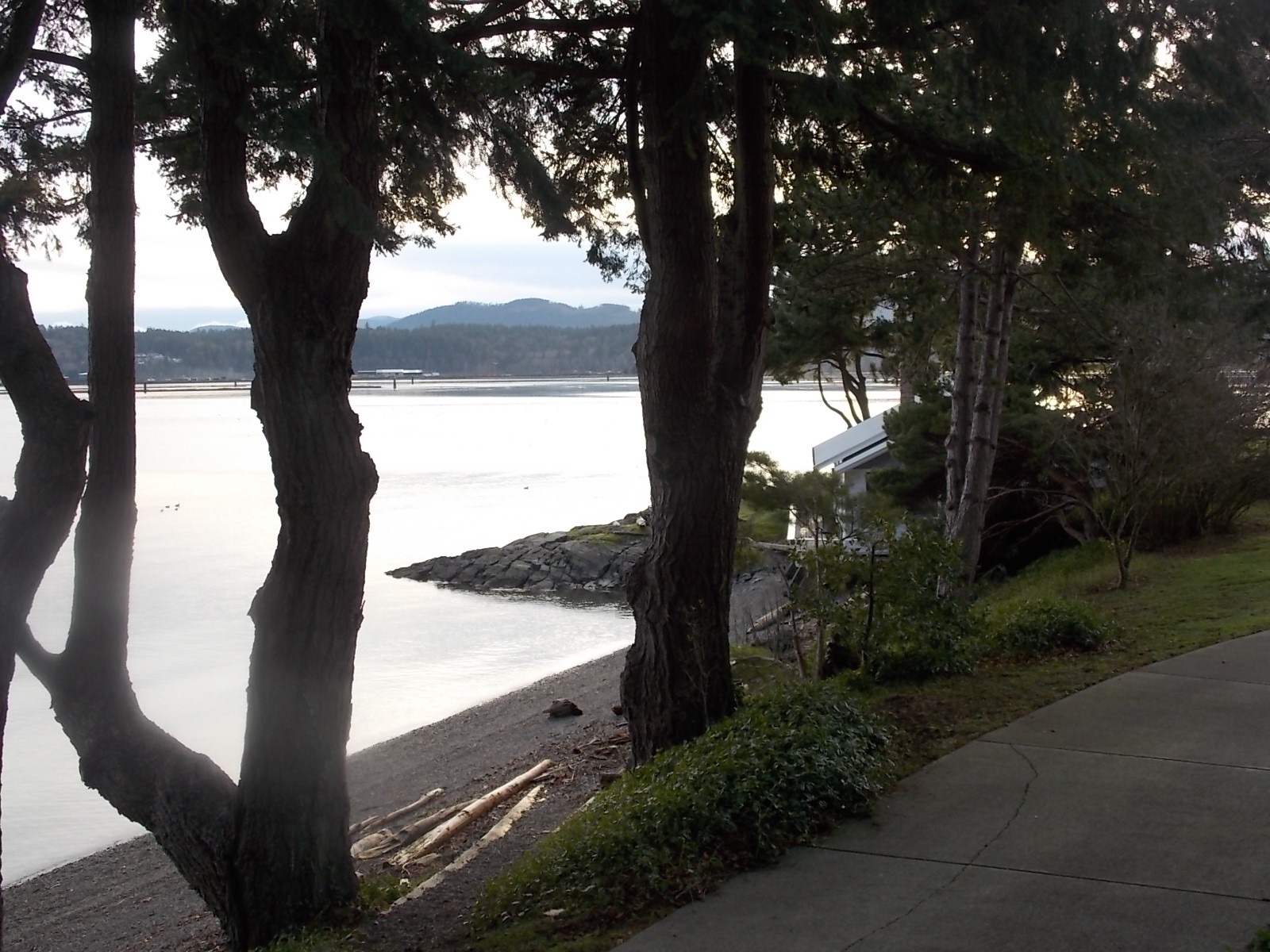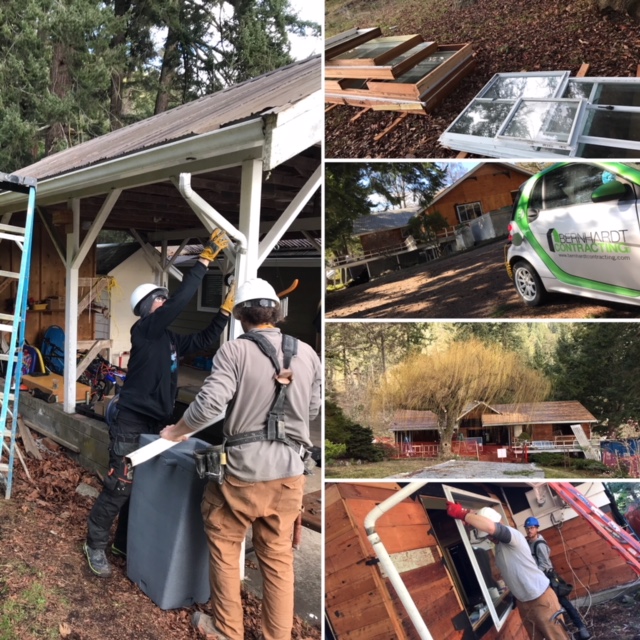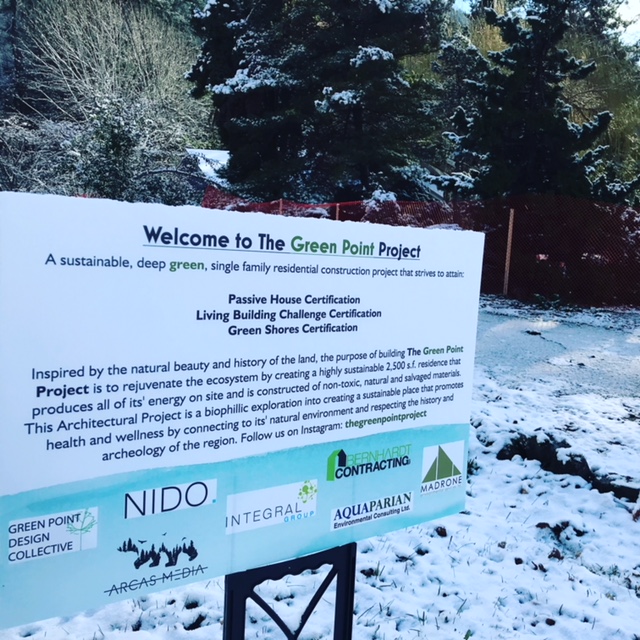"The Living Building Challenge (LBC) is a green building certification program and sustainable design framework that visualizes the ideal for the built environment. It uses the metaphor of a flower because the ideal built environment should function as cleanly and efficiently as a flower."
The Living Building Challenge is considered the most stringent and challenging sustainable certification in the world. The Green Point Project has attained Living Building Challenge Petal certification. Visit the Living Building Challenge on line at:
https://living-future.org/lbc/
"The opportunity of biophilic design is to connect to the particular ecology of the place, to its culture, history and beauty and to create a building that will regenerate life." Amanda Sturgeon, CEO Living futures Institute, Seattle Wa
" We have always been inspired to pursue this challenge, it truly seeks to be transformative in how we build and live!" Kenneth Chooi, Co-Founder:The Green Point Project
1. Limits To Growth
To curb sprawl, restore natural ecosystems, and protect productive agricultural lands and ecologically sensitive areas from the negative impacts of development.
3. Habitat Exchange
To expand existing thriving wilderness areas and protect them from destruction caused by development and building material extraction.
5. Net Positive Water
To meet all water demands within the carrying capacity of the site and mimic natural hydrological conditions, using appropriately sized and climate-specific water management systems that treat, infiltrate, or reuse all water resources on site.
7. Civilized Environment
To improve occupant health by providing a direct connection to the outdoor environment.
9. Biophilic Environment
To promote designs that bridge the divide between natural and built environments.
11. Embodied Carbon Footprint
To minimize projects’ embodied carbon through design as well as to offset projects’ climate change–related construction impacts.
13. Living Economy Sourcing
To support investment in local economies that stimulates local economic growth, strengthens community ties and development, and minimizes environmental impacts associated with transportation of products and people.
15. Human Scale & Human Places
To create human-scaled places that promote human interaction.
17. Equitable Investment
To ensure that all private and for-profit projects contribute to the public good in an amount commensurate with the project expense.
19. Beauty And Spirit
To ensure that beautiful Living Buildings contribute to their communities’ sense of place, delighting and inspiring their occupants for generations to come.
2. Agriculture
To re-establish a tie between humans and their nourishment, and reconnect communities to the land, since no truly sustainable community can rely on globally sourced food production.
4. Human Powered Living
To reduce transportation-related environmental impacts and encourage compact, connected communities that support a productive and rich lifestyle without need of a car.
6. Net Positive Energy
To rely solely on renewable forms of energy and operate year-round in a safe, pollution-free manner.
8. Healthy Interior Environment
To improve occupant health by reducing or eliminating indoor pollutants.
10. Red List
To eliminate the use of worst-in-class materials/chemicals with the greatest impact to human and ecosystem health.
12. Responsible Industry
To reduce the damaging environmental and social impacts related to industries that rely on natural resource extraction and plant cultivation.
14. Net Positive Waste
To reduce environmental burdens from the extraction, processing, and disposal of materials and turn waste into a valuable resource through beneficial reuse.
16. Universal Access To Nature
To create places that are accessible to all, while also allowing public access to fresh air, sunlight and waterways.
18. Just Organizations
To promote the business practices of organizations that support a responsible, equitable living future.
20. Inspiration And Education
To teach and encourage project occupants and visitors, as well as other design teams and the public, by providing explanatory information about the project through a variety of means.





















